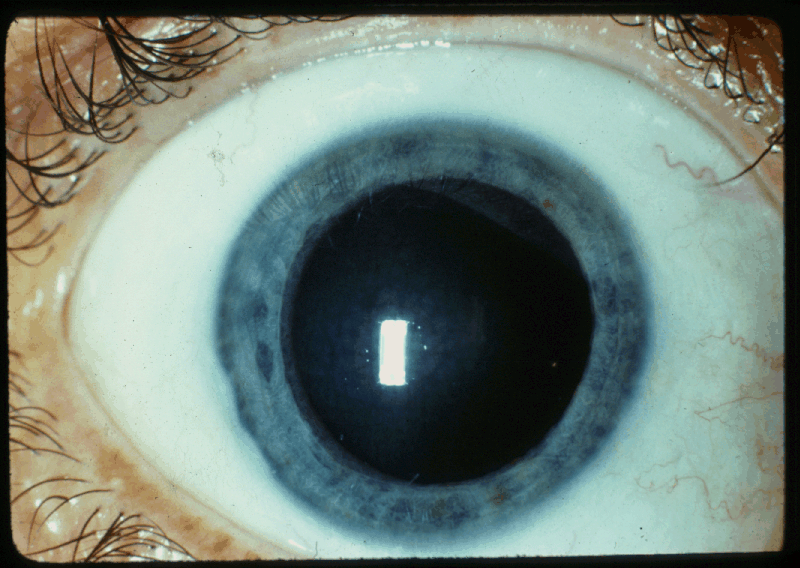Tangier disease
|
WikiDoc Resources for Tangier disease |
|
Articles |
|---|
|
Most recent articles on Tangier disease Most cited articles on Tangier disease |
|
Media |
|
Powerpoint slides on Tangier disease |
|
Evidence Based Medicine |
|
Clinical Trials |
|
Ongoing Trials on Tangier disease at Clinical Trials.gov Trial results on Tangier disease Clinical Trials on Tangier disease at Google
|
|
Guidelines / Policies / Govt |
|
US National Guidelines Clearinghouse on Tangier disease NICE Guidance on Tangier disease
|
|
Books |
|
News |
|
Commentary |
|
Definitions |
|
Patient Resources / Community |
|
Patient resources on Tangier disease Discussion groups on Tangier disease Patient Handouts on Tangier disease Directions to Hospitals Treating Tangier disease Risk calculators and risk factors for Tangier disease
|
|
Healthcare Provider Resources |
|
Causes & Risk Factors for Tangier disease |
|
Continuing Medical Education (CME) |
|
International |
|
|
|
Business |
|
Experimental / Informatics |
Editor-In-Chief: C. Michael Gibson, M.S., M.D. [1]; Associate Editor(s)-in-Chief: Raviteja Guddeti, M.B.B.S. [2] Twinkle Singh, M.B.B.S. [3]
Synonyms and keywords: Familial alphalipoprotein deficiency, HDL deficiency - familial, high density lipoprotein deficiency, analphalipoproteinaemia, high density lipoprotein deficiency - type 1, high density lipoprotein deficiency - Tangier type
Overview
Tangier disease is a rare autosomal recessive disorder characterised by severely decreased high-density lipoprotein (HDL), often referred to as "good cholesterol" in the bloodstream, caused by defective cholesterol efflux from macrophages. It manifests with enlarged and orange coloured tonsils, hepatomegaly, splenomegaly, peripheral neuropathy and vision changes.
Historical Perspective
Tangier disease (TD) is named after Tangier Island, Virginia. In 1959 a five year old patient named Teddy Laird from that island, presented with strikingly large and yellow-orange tonsils, which were removed. Initially it was diagnosed as Niemann-Pick disease but a further investigation revealed an extremely high number of cholesterol filled macrophages (foam cells) in several other tissues, which included bone marrow and spleen. Presence of similar symptoms in his sister and discovery of very low HDL cholesterol in both the sister and parents of Teddy led to establishment of genetic basis of the disease. Later on several other residents of the same island were found to have markedly reduced HDL. Since then only 100 cases of Tangier disease have been diagnosed.
Pathophysiology
Tangier disease is a disorder of lipid metabolism where defective intracellular cholesterol degradation and impaired cholesterol efflux from reticulo-endothelial cells results in absent to severely decreased HDL. High-density lipoproteins are created when a protein in the bloodstream, apolipoprotein A1 (apoA1), combines with cholesterol and phospholipids. Cholesterol and phospholipids used to form HDL originate from inside the cells, ABCA1 transporter is responsible for transporting them out into blood. Defective ABCA1 transporter in Tangier disease results in cholesterol esters accumulation in macrophages forming foam cells. These foam cells deposit in several non adipose tissues like tonsils, spleen, bone marrow, lymph nodes and liver causing them to enlarge.
Genetics
This condition is inherited in an autosomal recessive pattern, which means both alleles of the gene in each cell have mutations. The parents of an individual with an autosomal recessive condition each carry one copy of the mutated gene, but they typically do not show signs and symptoms of the condition.
Mutation on chromosome 9q31, where we find gene encoding ABCA1 has been found to be the cause of Tangier disease. These mutations prevent the ABCA1 protein from effectively transporting cholesterol and phospholipids out of cells for pickup by ApoA1 in the bloodstream. Patients homozygous for this mutation have complete absence of HDL, heterozygotes on the other hand have one half of normal level of HDL. [1]
This inability to transport cholesterol out of cells leads to a deficiency of high-density lipoproteins in the circulation, which is a risk factor for coronary artery disease (CAD).
Epidemiology and Demographics
- Tangier disease is a rare disorder with approximately 50 cases identified worldwide.
- This disorder was originally discovered on Tangier Island off the coast of Virginia, but has now been identified in people from many different countries.
Natural History, Complications and Prognosis
- Premature atherosclerosis
- Coronary heart disease
Diagnosis
History
- History of similar complaints in any of the family members should be inquired.
Symptoms
- Vision disturbances - due to clouding of the cornea
- Abdominal pain
- Neuropathy - tingling sensation in the fingers, pins and needle sensation, weakness
Physical Examination
Eye
- Hazy cornea

Throat
- Enlarged tonsils that appear orange or yellow.
Abdomen
Laboratory Findings
- Lipid panel shows
- Slightly elevated amounts of fat in the blood (mild hypertriglyceridemia)
- Reduced HDL
- Low total cholesterol
References
- ↑ Rust, S.; Rosier, M.; Funke, H.; Real, J.; Amoura, Z.; Piette, JC.; Deleuze, JF.; Brewer, HB.; Duverger, N. (1999). "Tangier disease is caused by mutations in the gene encoding ATP-binding cassette transporter 1". Nat Genet. 22 (4): 352–5. doi:10.1038/11921. PMID 10431238. Unknown parameter
|month=ignored (help)
External links
- Tangier disease at NLM Genetics Home Reference